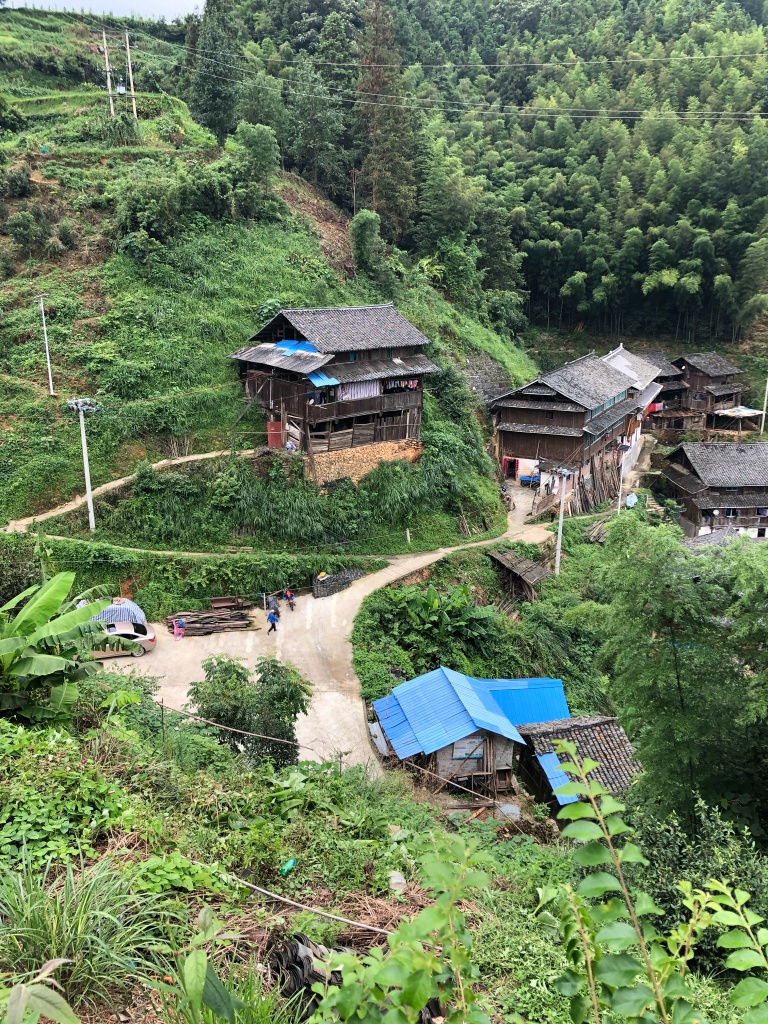Call for Nominations: Council for Museum Anthropology (CMA) Awards (2024)
I am eager to share the following call for CMA award nominations. Check it out and nominate the wonderful colleagues in your world. –Jason
Michael M. Ames Award
The Council for Museum Anthropology is seeking nominations for the Michael M. Ames Award for Innovative Museum Anthropology. The award is given to individuals for an innovative project in museum anthropology. Examples include: outstanding single or multi-authored books or published catalogues; temporary or permanent exhibits; repatriation projects; collaborations with descendant communities; educational or outreach projects; multimedia works, and other endeavors. Individuals can be nominated by any member of CMA (self-nominations are not permitted). Deadline for submissions is August 1, 2024.
For more information on the Michael M. Ames Award and other CMA awards, visit our website: https://museumanthropology.org/awards/nominations-and-applications/
Lifetime Achievement/ Distinguished Service Award
The Council for Museum Anthropology is seeking nominations for the Lifetime Achievement/Distinguished Service Award. The award recognizes CMA members whose careers demonstrate extraordinary achievements that have advanced museum anthropology. These achievements might include: collections work, community collaborations, exhibitions, publications, public programming and outreach, teaching, policy development, etc. While many anthropologists distinguish themselves through their works, this award is meant to single out those who, over the course of their careers, have truly helped to define and or reshape the field of anthropology in and of museums. Nominees are expected to have spent at least 20 years working in the field of museum anthropology. Deadline for submissions is August 1, 2024.
Please note that the Lifetime Achievement/Distinguished Service award was awarded in 2023 and is usually done on a biannual basis. Nominations may be carried over and considered for an award in 2025.
For more information on the Lifetime Achievement/Distinguished Service Award and other CMA awards, visit our website: https://museumanthropology.org/awards/nominations-and-applications/
CMA Student Travel Award
The Council for Museum Anthropology is seeking applications for the CMA Student Travel Award. The award is designed to support graduate student travel to the annual AAA meeting to present papers and/or posters. Students and recent graduate degree recipients (those who have defended within the year of the award) are eligible to apply. Each year, CMA will award two prizes of $1000 each. The deadline for submissions is August 1, 2024.
For more information on the CMA Student Travel Award Award and other CMA awards, visit our website: https://museumanthropology.org/awards/nominations-and-applications/
Museum Anthropology Book Award
The Council for Museum Anthropology is seeking nominations for the CMA Book Award. The award was created to recognize and promote excellence in museum anthropology, and is awarded to a scholar within the field of museum anthropology for a solo, co- or multi-authored book published up to five years prior to the award date, and will be considered for the award 2 years after nomination. Edited books will not be considered. The CMA Book award will be given to the author(s) whose work is judged to be a significant and influential contribution to museum anthropology. Books that did not receive the award but are considered exceptional will receive honorable mentions at the award ceremony at the AAA Annual Meeting.
For more information on the Michael M. Ames Award and other CMA awards, visit our website: https://museumanthropology.org/awards/nominations-and-applications/













































